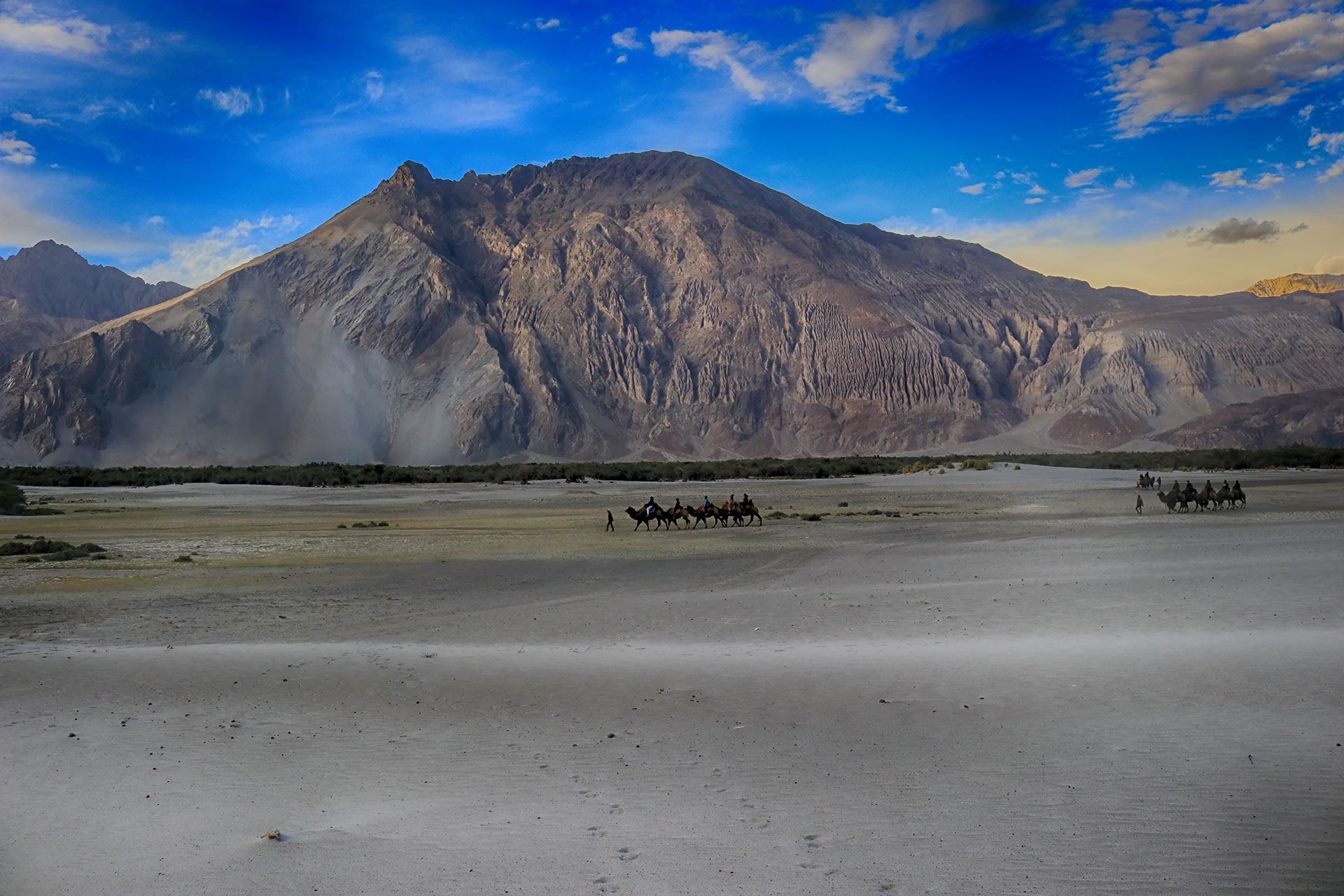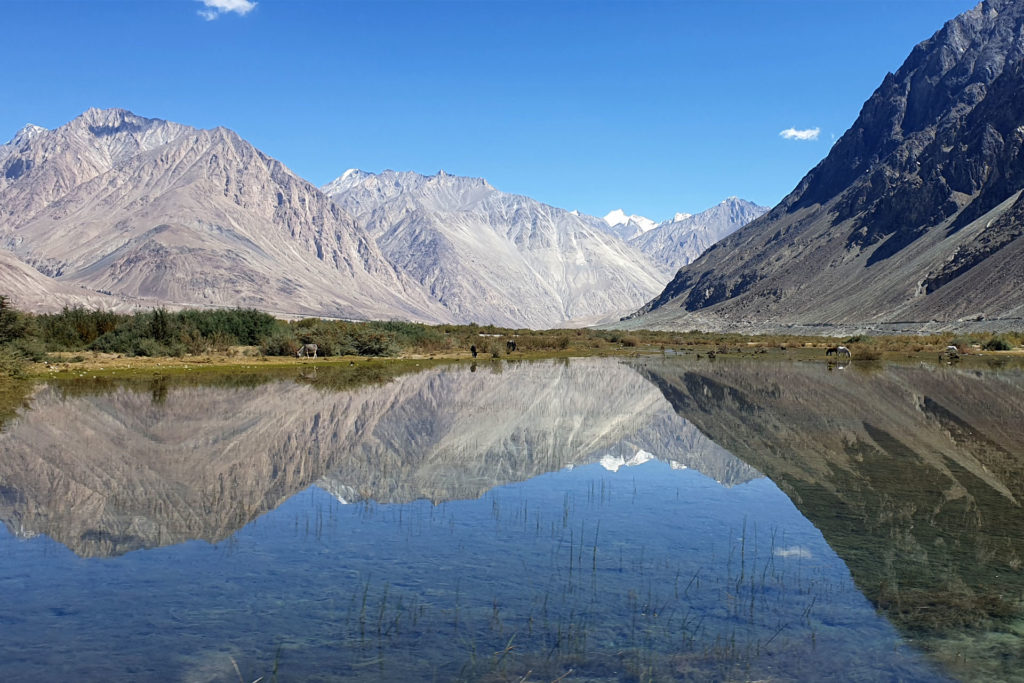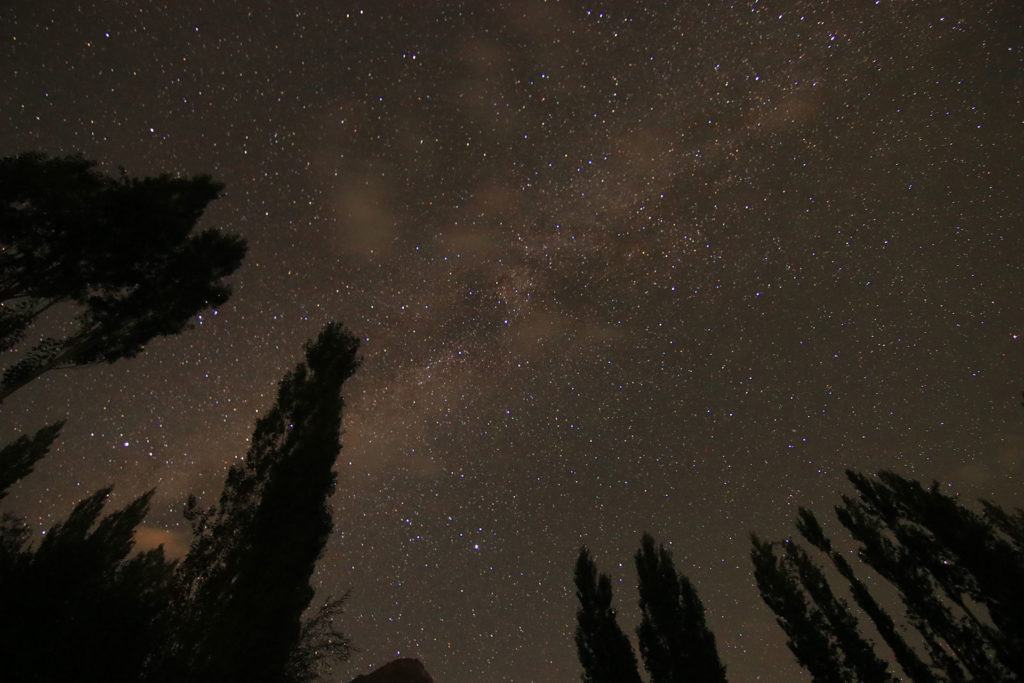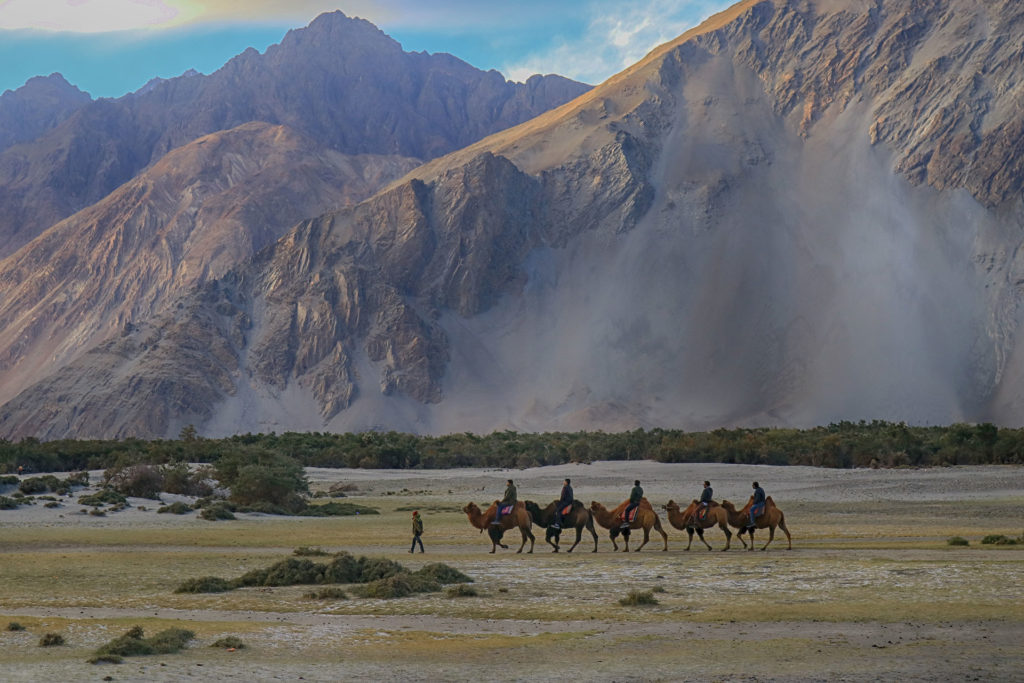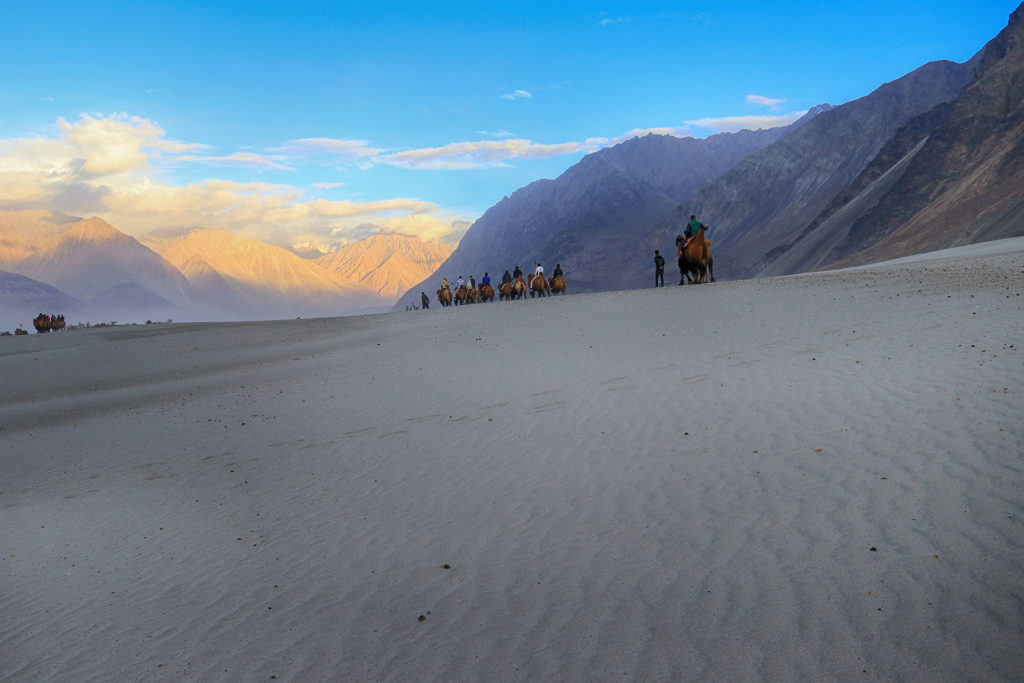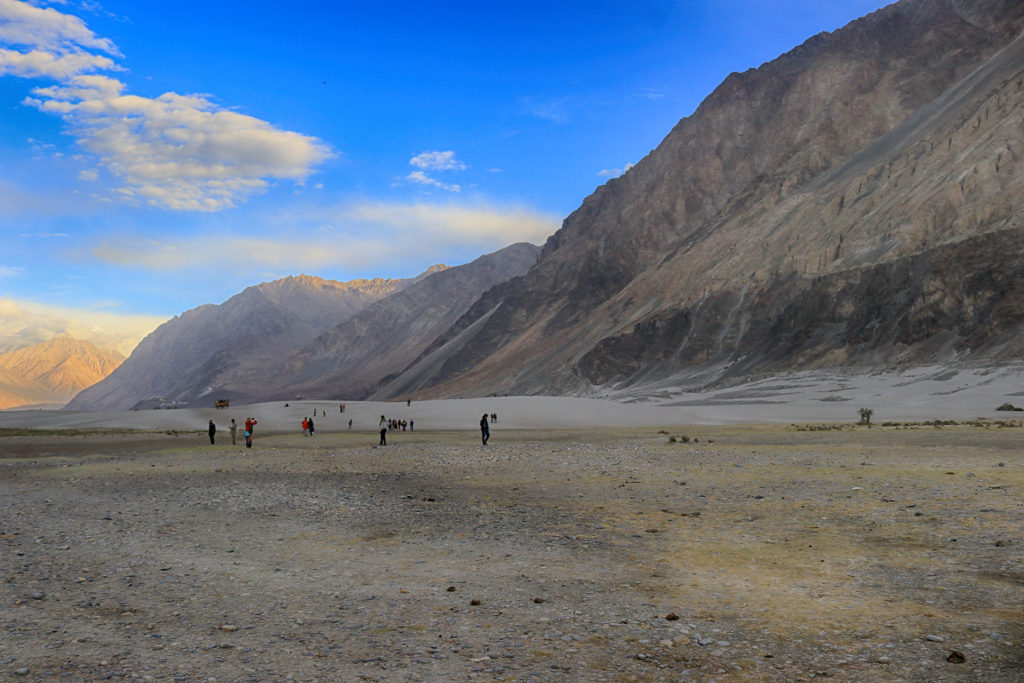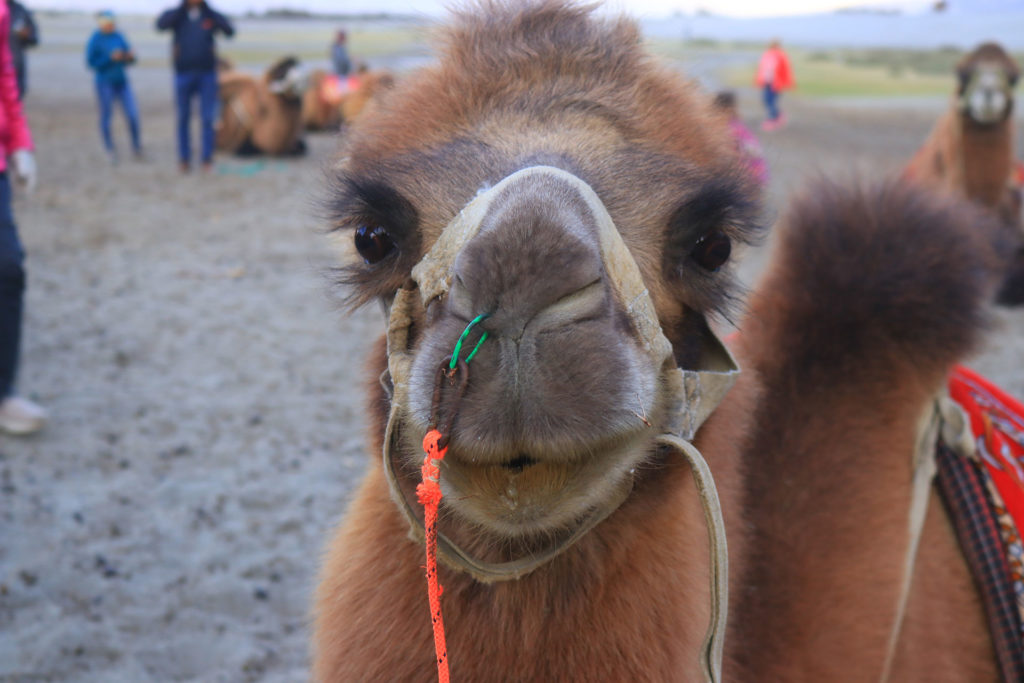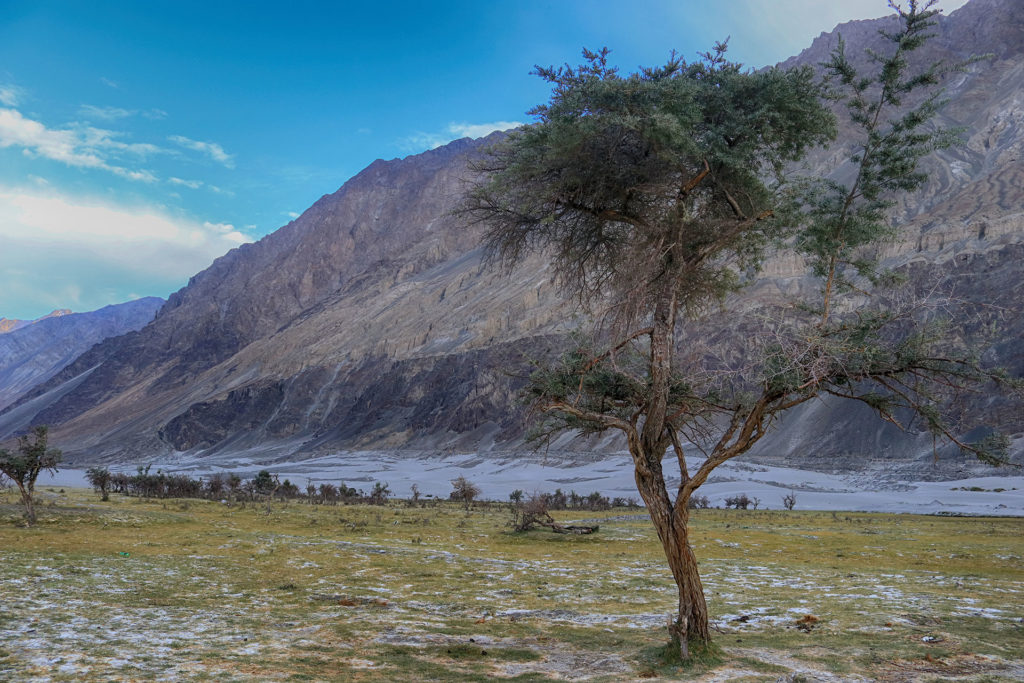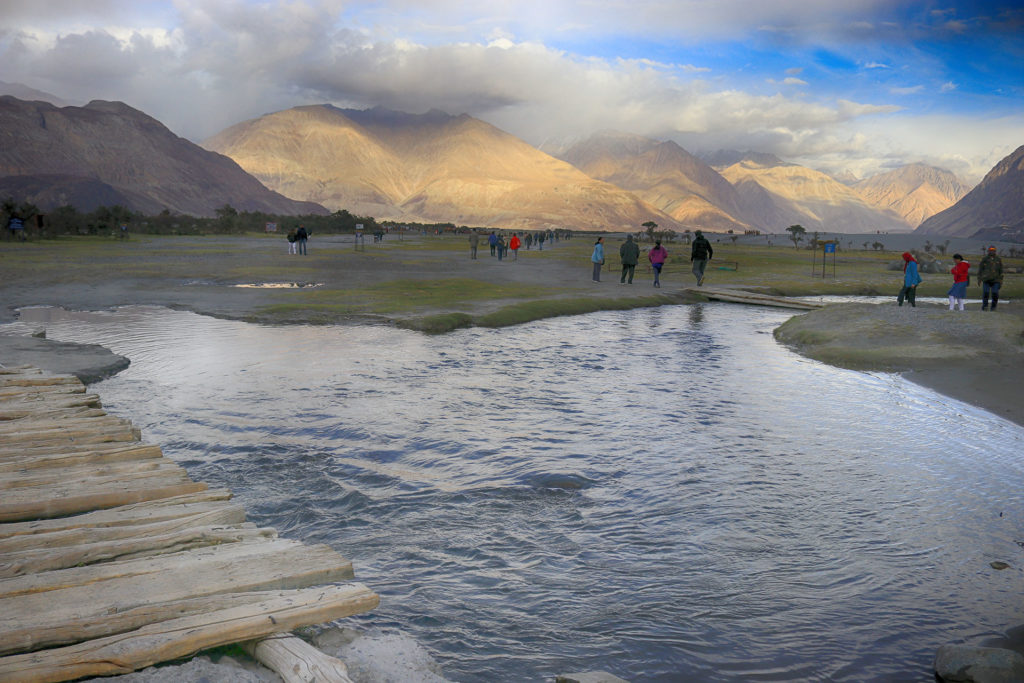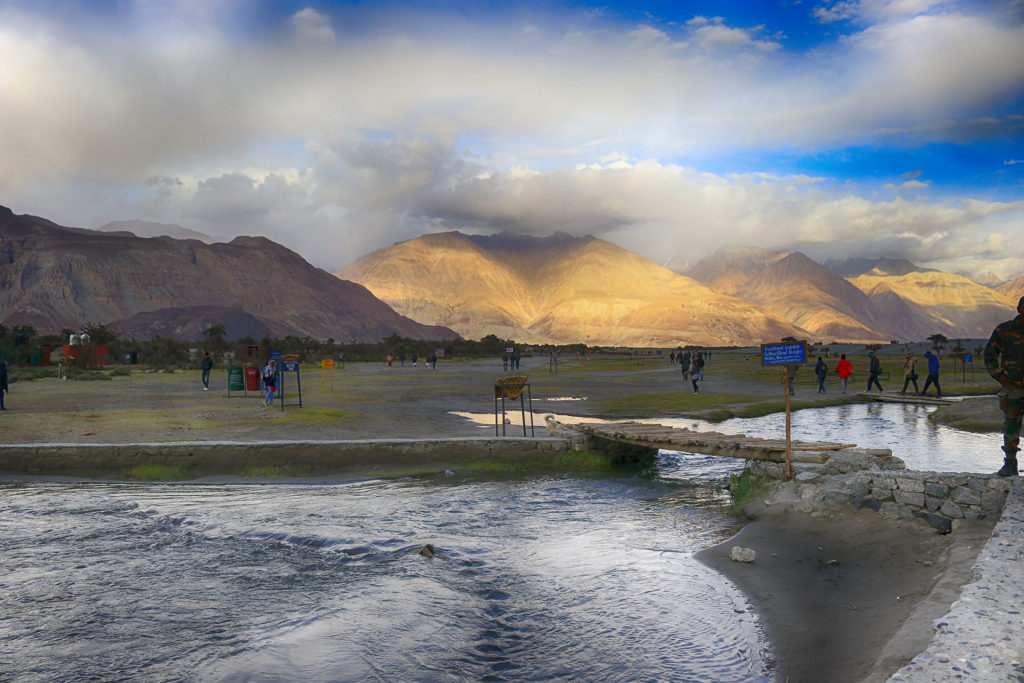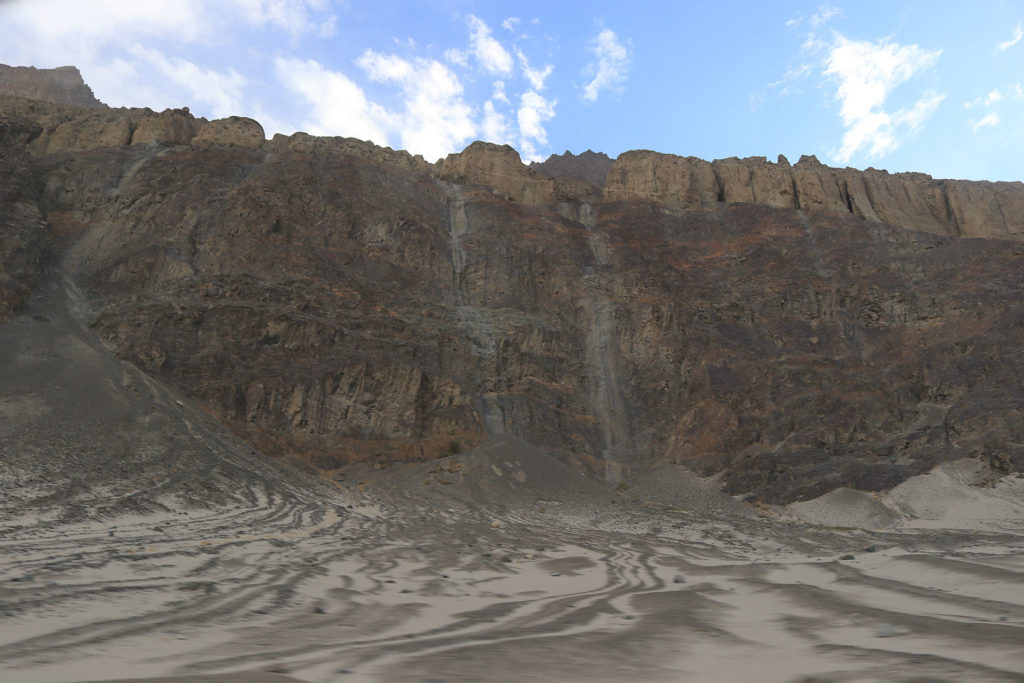Nubra valley
Nubra valley is a part of the old Silk Road to Central Asia. The valley connected eastern Tibet with Turkistan through the Karakoram Pass. Nubra valley is known for its centuries-old gompas, hot sulphur springs, high-altitude sand dunes, double-humped Bactrian camels and a unique amalgamation of mountains, rivers and deserts. The Karakoram mountain range and the valley combine to create a fantastic desert landscape and fertile fields. Nubra is known as Ldumra, meaning “valley of flowers” in Ladakhi language.
Nubra is also the gateway to Siachen glacier, the highest and coldest battlefield in the world at an altitude of almost 6,000 metres where the temperature falls below minus 60 degrees in the winter. Tourists need an Inner Line Permit (ILP) to enter Nubra valley.
Hunder sand dunes & Bactrian camels
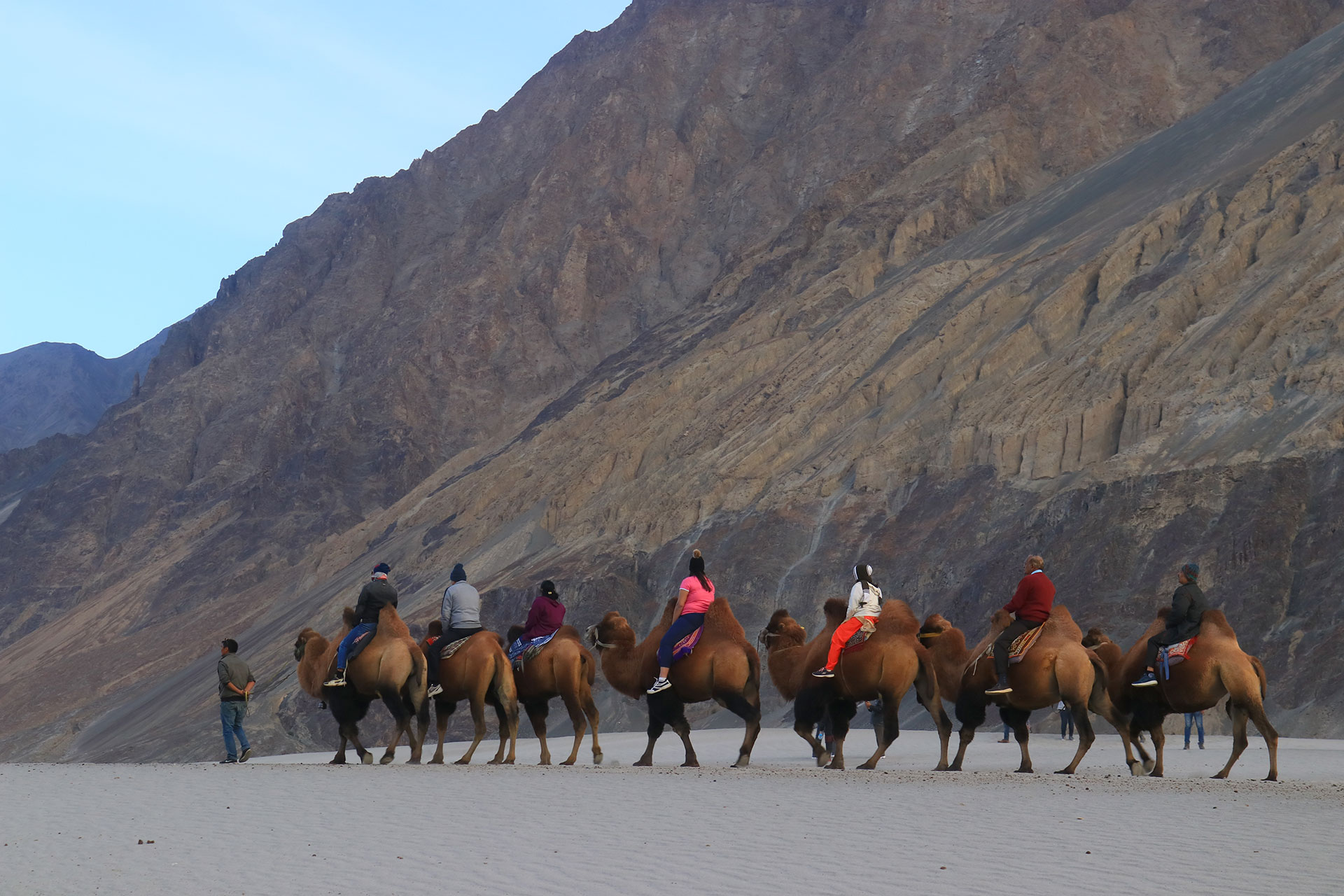
About 10 km from Diskit, the high-altitude sand dunes at Hunder against the backdrop of barren mountains are an unforgettable experience and a sight to behold. The great expanse of the dunes and the landscape is what attracts the tourists. The sand dunes surrounded by snowcapped rocky mountains are a perfect blend of serenity and wilderness. You can choose to walk along the desert to soak in the moment, but ensure you keep yourself hydrated and don’t tire yourself out at this altitude.
The biggest attraction of Hunder other than the sand dunes is the Bactrian camels. These double-humped camels are a reminder of the past when Hunder was a stopping-point along the Silk Road. Traders from Central Asian countries such as Mongolia would use these camels to travel to Ladakh carrying loads. Many of these camels were left abandoned in Nubra when the Silk Road was closed down for trade.
As the number of Bactrian camels increased in the early 2000s, the residents of Hunder village started organizing camel safaris. Today, many tourists ride these double-humped camels and enjoy the stunning view of snow-covered mountains and the high-altitude desert.

